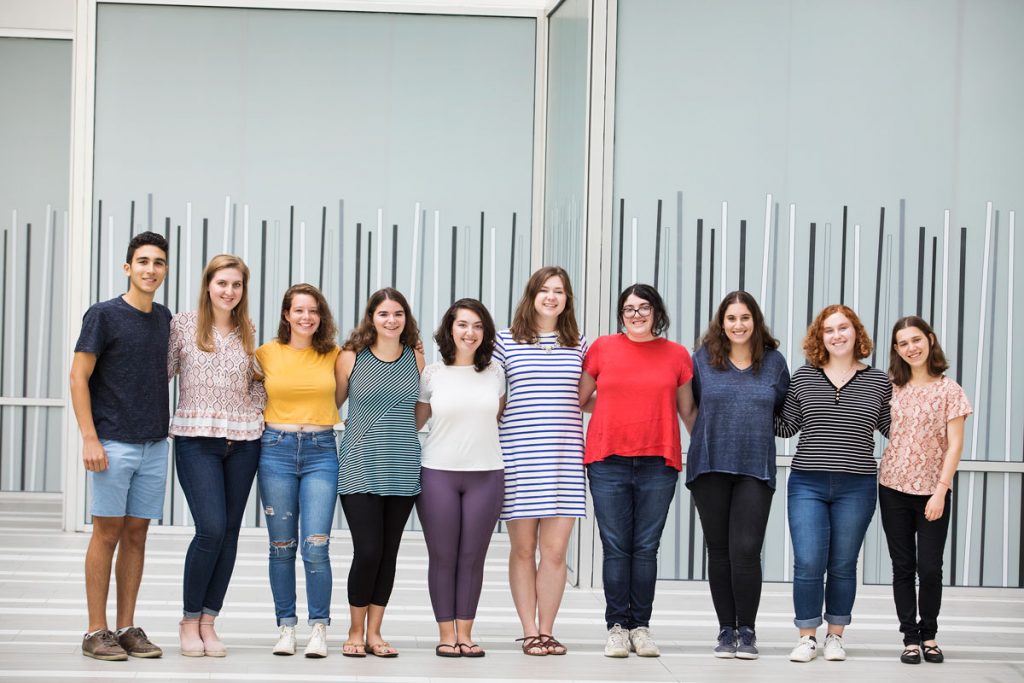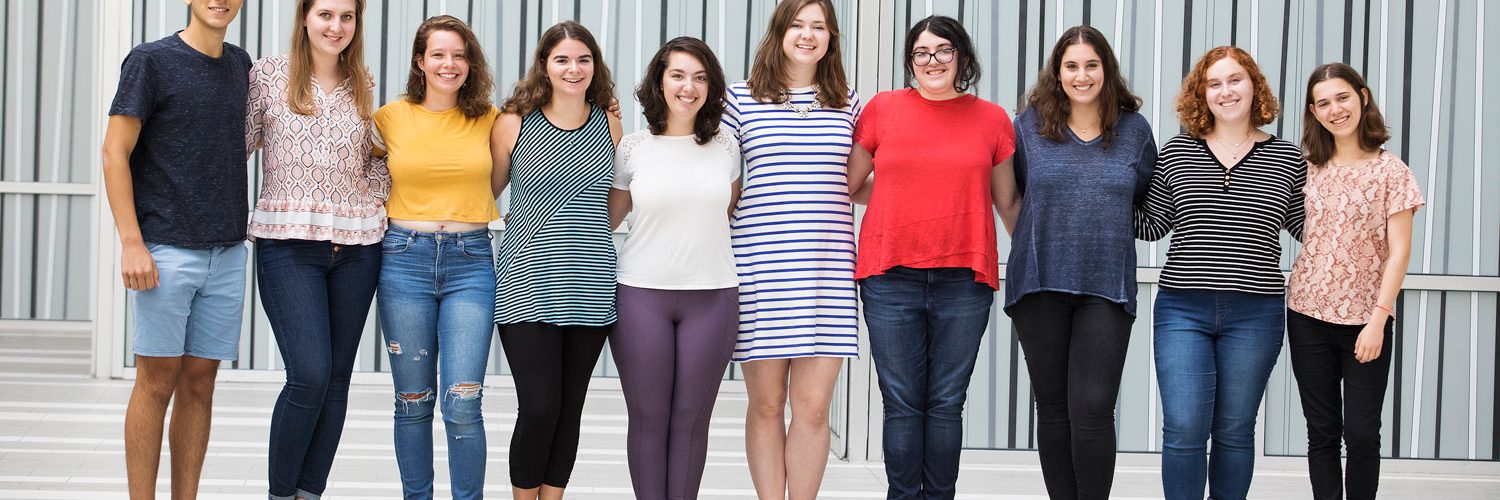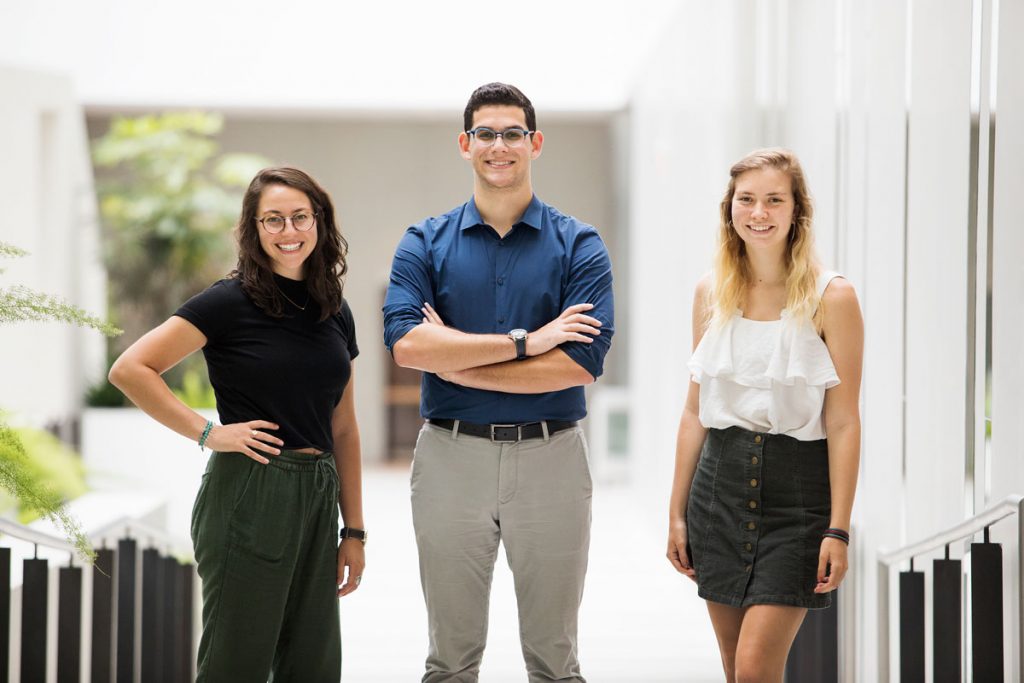With tuition at public four-year universities having increased by 213 percent since 1988 (while family income has only risen by 11 percent) and with a vast majority of students now paying for some or all of their college education, more students than ever are left wondering when and how their next healthy meal will come.
As a result, nearly half of all four-year university and community college students are considered “food insecure,” a term used to describe someone without the funds or resources to consistently get enough nutrition each day. Helping fight this growing national trend is Challah for Hunger. Through its Campus Hunger Project initiative, more than 85 college chapters across the United States, Canada, the United Kingdom and Australia take part in the centuries-old tradition of baking challah and donating proceeds to national advocacy efforts and anti-hunger nonprofits, such as campus food pantries. Last year alone, the initiative raised $165,000 by selling more than 31,000 loaves to students, faculty and community members.
“One of the biggest disconnects right now is that many people have the presumption that college students all come from a privileged background and that if they can afford college, they can certainly afford to eat,” says Francesca Lo Basso, Challah for Hunger’s director of development, communications and strategy. “However, numerous studies show that’s not the case. Students may have enough for a given day or week, but come the end of the month when funds are drained, many attend events that serve free food or may be forced to skip meals entirely.”
Larger chapters typically bake weekly and can produce hundreds of loaves of challah. While the dough rises, students discuss local and national campus hunger issues as well as advocacy tactics to address food insecurity on campus. “By bringing people together to bake something so culturally significant, a space for conversation is created,” she says. “Throughout the process, student volunteers work to tie in educational components to help more people become aware of food issues in America. Many will share informative articles and put tags the each loaf of challah stating a fact about hunger in America. As a result, volunteers feel great about living up to their Jewish values and practicing tikkun olam (repairing the world), and the community as a whole is more informed.”

While any student whose college has a chapter can volunteer, recent surveys show 75 percent of Challah for Hunger volunteers are Jewish. “It’s been amazing to hear student volunteers remark about how participating with Challah for Hunger has helped them feel more connected to their Jewish community and faith,” Francesca says. “There’s something special about touching the dough and it still feeling the same as it did for their grandparents decades ago.”
With a goal of equipping students around the country with the resources needed to help their communities fight hunger, Challah for Hunger also created the Campus Hunger Project cohort program. Selected students get leadership training from staff, network with experts in the field and spend a year engaging in high-level advocacy work.
One student who made the most of these resources was 2018-‘19 cohort member Monica Sager. A student at Clark University in Massachusetts, Monica created a five-meal food aid plan at her school that will go into effect next semester. It gives students in need five meals a week throughout the year. Monica started by creating a resource guide and initiative plan, then talking with leaders of her schools and eventually getting $10,000 allocated to the cause. The money will be used to help more than 20 students get consistent, nutritious meals. “One thing I’ve always been taught by my parents and Judaism growing up is that you’re supposed to help others,” she says. “I’ve been instilled with a passion and purpose for making sure everyone has an equal say and share.”
The Facts About Hunger on Campus
A study of 3,765 students across 12 states attending 34 colleges and universities found the following:
- 56 percent of those who are the first college attendees in their family are food insecure.
- 55 percent reported that food insecurity was a reason for them not buying a required textbook.
- 64 percent reported experiencing some of type of housing insecurity as well as food insecurity.
- 61 percent said their household used existing aid service in the past 12 months, such as food stamps.
To read Monica’s op-ed on food insecurity at her university, click here.









Comment here